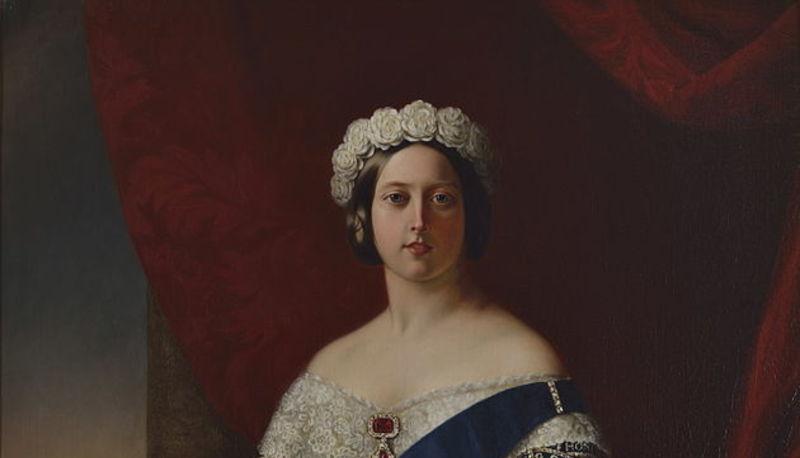vuoi
o PayPal
tutte le volte che vuoi

Main Features:
- The Industrial Revolution and Free
Trade
- Social Conflicts
- Social Reforms
- Victorian values: Family,
Respectability, Morality
- Religion
- The Condition of Women : the
DoubleStandard
- Colonial expansion
POSITIVE ASPECTS OF THE
VICTORIAN AGE:
- Industrial revolution
- Technological advances
- Economical progress.
but There is lots of
NEGATIVE aspects...
Negative aspects of the
Victorian Age:
- Pollution in the towns
provoked by the factories
- Hygienic conditions
- Epidemics
WOMEN IN
VICTORIAN ERA
The status of Women in the Victorian Era is often seen as an
illustration of the striking discrepancy between England's
national power and wealth and what many, then and now,
consider its appalling social conditions. During the era
symbolized by the reign of British monarch Queen Victoria,
difficulties escalated for women because of the vision of the
"ideal woman" shared by most in the society. The legal rights
of married women were similar to those of children; they
could not vote or sue or even own property. Also, they were
seen as pure and clean. Because of this view, their bodies
were seen as temples which should not be adorned with
jewelry nor used for physical exertion or pleasurable sex. The
role of women was to have children and tend to the house.
They could not hold a job unless it was that of a teacher or a
domestic servant, nor were they allowed to have their own
checking accounts or savings accounts. In the end, they were
to be treated as saints, but saints that had no legal rights.
Then there is the problem of PROSTITUTION.
CLOTES
See also fashion by decades: 1830s - 1840s - 1850s - 1860s - 1870s -
1880s- 1890s
Methods of clothing production and distribution varied enormously over
the course of Victoria's long reign.
In 1837, cloth was manufactured (in the mill towns of northern England,
Scotland, and Ireland) but clothing was generally custom-made by
seamstresses, milliners, tailors, hatters, glovers, corsetiers, and many
other specialized tradespeople, who served a local clientele in small
shops. Families who could not afford to patronize specialists made their
own clothing, or bought and modified used clothing.
By 1907, clothing was increasingly factory-made and sold in large, fixed
price department stores. Custom sewing and home sewing were still
significant, but on the decline.
New machinery and materials changed clothing in many ways.
The introduction of the lock-stitch sewing machine in mid-century
simplified both home and boutique dressmaking, and enabled a fashion
for lavish application of trim that would have been prohibitively time-
consuming if done by hand. Lace machinery made lace at a fraction of the
cost of the old, laborious methods.
New materials from far-flung British colonies gave rise to new types of
clothing (such as rubber making gumboots and mackintoshes possible).
small shoulders and even wider skirts
supported by crinolines or hoops, and
narrowed by way of the bustle to hobble
skirts.
Charles Frederick Worth, the "father of haute
couture" and the prototype of the
fashion designer as the dictator of modes,
was a London draper who relocated to Paris
in the 1840s. His success led to the
dominance of Paris fashion houses as arbiters
of style and the preferred clothiers for upper-
class women in both Britain and America.
Reactions to the elaborate confections of
French fashion led to various calls for reform
on the grounds of both beauty (Artistic and
Aesthetic dress) and health (dress reform).
Arthur Lasenby Liberty challenged the
dominance of French fashion when he showed
English gowns in Paris at the end of the
century.








 Accedi a tutti gli appunti
Accedi a tutti gli appunti
 Tutor AI: studia meglio e in meno tempo
Tutor AI: studia meglio e in meno tempo









